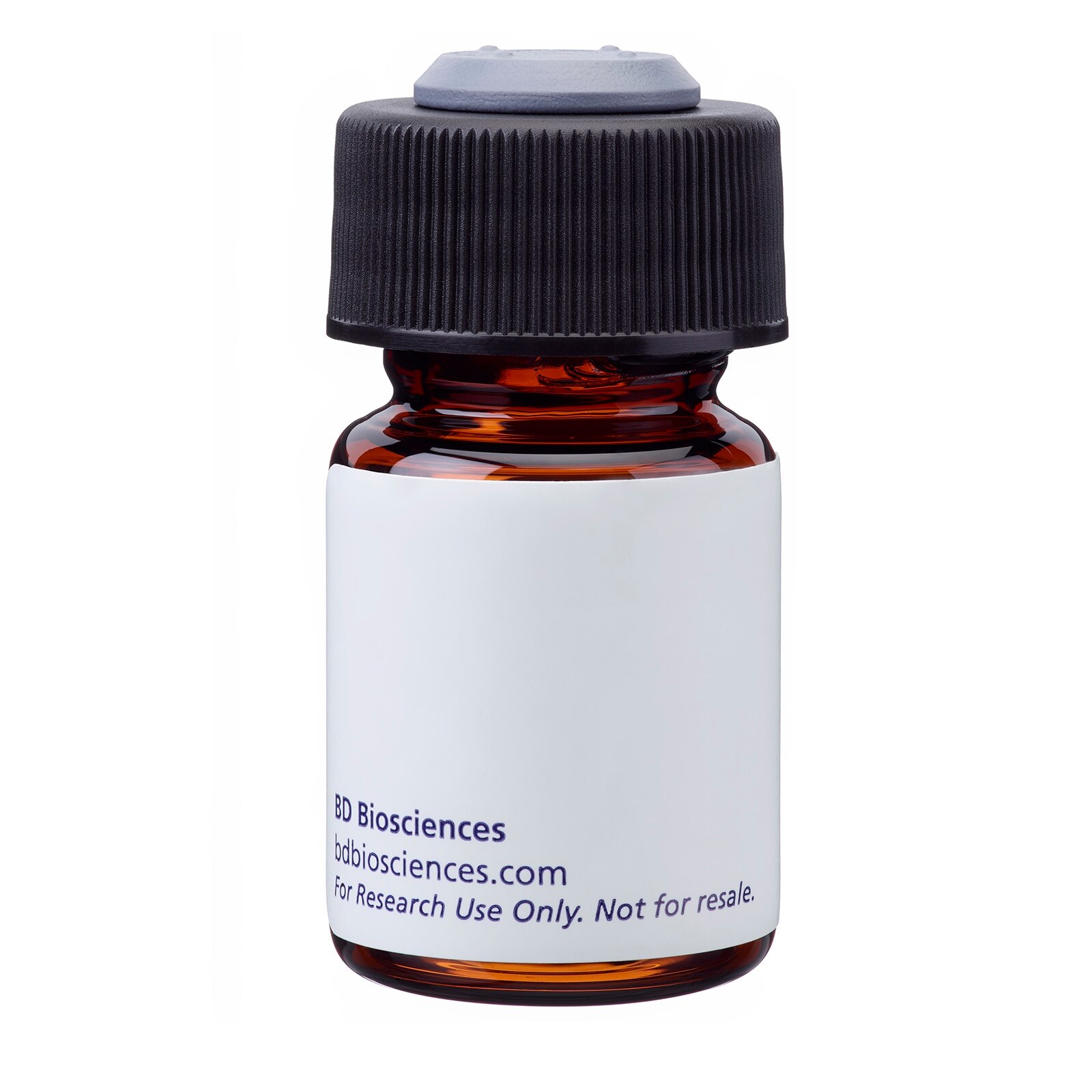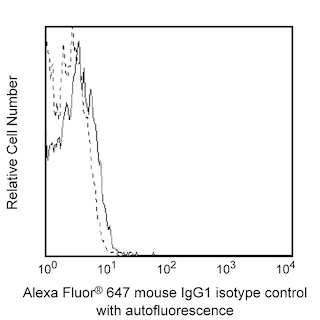-
Training
- Flow Cytometry Basic Training
-
Product-Based Training
- BD FACSDiscover™ S8 Cell Sorter Product Training
- Accuri C6 Plus Product-Based Training
- FACSAria Product Based Training
- FACSCanto Product-Based Training
- FACSLyric Product-Based Training
- FACSMelody Product-Based Training
- FACSymphony Product-Based Training
- HTS Product-Based Training
- LSRFortessa Product-Based Training
- Advanced Training
-
- BD FACSDiscover™ S8 Cell Sorter Product Training
- Accuri C6 Plus Product-Based Training
- FACSAria Product Based Training
- FACSCanto Product-Based Training
- FACSLyric Product-Based Training
- FACSMelody Product-Based Training
- FACSymphony Product-Based Training
- HTS Product-Based Training
- LSRFortessa Product-Based Training
- United States (English)
-
Change country/language
Old Browser
This page has been recently translated and is available in French now.
Looks like you're visiting us from {countryName}.
Would you like to stay on the current country site or be switched to your country?




Expression of CD282 (TLR2) on monocytes. Human blood cells were stained with either Alexa Fluor® 647 Mouse Anti-Human CD282 (Cat. No. 558319; shaded histogram) or Alexa Fluor 647 Mouse IgG1, k isotype control (Cat. No. 557714; open histogram). Erythrocytes were lysed using BD Pharm Lyse™ lysing buffer (Cat. No. 555899). Monocytes were selected by scatter profile. TLR2 expression was detected on monocytes and granulocytes (data not shown), but not on lymphocytes (data not shown). Flow cytometry was performed on a BD FACSCalibur™ flow cytometry system.


BD Pharmingen™ Alexa Fluor® 647 Mouse Anti-Human CD282

Regulatory Status Legend
Any use of products other than the permitted use without the express written authorization of Becton, Dickinson and Company is strictly prohibited.
Preparation And Storage
Product Notices
- This reagent has been pre-diluted for use at the recommended Volume per Test. We typically use 1 × 10^6 cells in a 100-µl experimental sample (a test).
- An isotype control should be used at the same concentration as the antibody of interest.
- Source of all serum proteins is from USDA inspected abattoirs located in the United States.
- Caution: Sodium azide yields highly toxic hydrazoic acid under acidic conditions. Dilute azide compounds in running water before discarding to avoid accumulation of potentially explosive deposits in plumbing.
- For fluorochrome spectra and suitable instrument settings, please refer to our Multicolor Flow Cytometry web page at www.bdbiosciences.com/colors.
- Alexa Fluor® 647 fluorochrome emission is collected at the same instrument settings as for allophycocyanin (APC).
- The Alexa Fluor®, Pacific Blue™, and Cascade Blue® dye antibody conjugates in this product are sold under license from Molecular Probes, Inc. for research use only, excluding use in combination with microarrays, or as analyte specific reagents. The Alexa Fluor® dyes (except for Alexa Fluor® 430), Pacific Blue™ dye, and Cascade Blue® dye are covered by pending and issued patents.
- Alexa Fluor® is a registered trademark of Molecular Probes, Inc., Eugene, OR.
- This product may be covered by US Patent No. 7,388,080.
- Please refer to www.bdbiosciences.com/us/s/resources for technical protocols.
Companion Products





The 11G7 monoclonal antibody specifically binds to human CD282, which is also known as Toll-like receptor 2 (TLR2). CD282 is expressed on monocytes, granulocytes, and dendritic cells. Toll-like receptors (TLRs) play a critical role in antimicrobial resistance. Moreover, TLRs have been shown to activate a number of signal transduction pathways which lead to the induction of genes involved in host defense. TLRs are type-1 transmembrane receptors characterized by the presence of extracellular leucine-rich repeat and intracellular Toll/IL-1 receptor domains. At least 12 mammalian TLRs have been identified, each recognizing a distinct bacterial or viral pathogen-associated molecular pattern, termed PAMP. Peptidoglycan from Gram-positive bacteria, lipoproteins and lipopeptides from several bacteria, glycophosphatidylinositol, lipoarabinomannan, porins, and zymosan from yeast have been reported to be the ligands for TLR2.
It has been reported that mAb 11G7 inhibits the production of inflammatory cytokines via certain TLR2 ligands including TLR2/TLR1 ligands, lipoarabinomannan and PAM3CSK4. However, 11G7 antibody does not inhibit the production of inflammatory cytokines with zymosan, a TLR2/TLR6 ligand. Please note that this application has not been tested at BD Biosciences Pharmingen.
Development References (10)
-
Akira, S.. Toll-Like Receptor signaling. Immunology. 2004; 4:499-511. (Biology).
-
Buhring HJ, Saalmuller A, Muller C, van Agthoven AJ, Busch FW. The monoclonal antibody 11G7 recognizes a novel differentiation antigen expressed on hemopoietic precursor cells. Hybridoma. 1991; 10(1):77-88. (Immunogen). View Reference
-
Kurt-Jones EA, Mandell L, Whitney C, et al. Role of Toll-like receptor 2 (TLR2) in neutrophil activation: GM-CSF enhances TLR2 expression and TLR2-mediated interleukin 8 responses in neutrophils. Blood. 2002; 100(5):1860-1868. (Biology). View Reference
-
Lien E, Sellati TJ, Yoshimura A, et al. Toll-like receptor 2 functions as a pattern recognition receptor for diverse bacterial products. J Biol Chem. 1999; 274(47):33419-33425. (Biology). View Reference
-
Medzhitov R. Toll-like receptors and innate immunity. Nat Rev Immunol. 2001; 1(2):135-145. (Biology). View Reference
-
Muzio, M.. Toll-Like Receptor family and signaling pathway. Biochem J. 2000; 28:563-566. (Biology).
-
Nilsen N, Nonstad U, Khan N, et al. Lipopolysaccharide and double-stranded RNA up-regulate toll-like receptor 2 independently of myeloid differentiation factor 88.. J Biol Chem. 2004; 279(38):39727-35. (Biology). View Reference
-
Paterson, H.. Injury Primes the innate immune system for enhanced Toll-Like Receptor reactivity. J Immunol. 2003; 171:1473-1483. (Biology).
-
Sandor F, Latz E, Re F, et al. Importance of extra- and intracellular domains of TLR1 and TLR2 in NFκB signaling. J Cell Biol. 2003; 162(6):1099-1110. (Clone-specific). View Reference
-
Zhou S, Cerny AM, Bowen G, et al. Discovery of a novel TLR2 signaling inhibitor with anti-viral activity.. Antiviral Res. 2010; 87(3):295-306. (Biology). View Reference
Please refer to Support Documents for Quality Certificates
Global - Refer to manufacturer's instructions for use and related User Manuals and Technical data sheets before using this products as described
Comparisons, where applicable, are made against older BD Technology, manual methods or are general performance claims. Comparisons are not made against non-BD technologies, unless otherwise noted.
For Research Use Only. Not for use in diagnostic or therapeutic procedures.
Report a Site Issue
This form is intended to help us improve our website experience. For other support, please visit our Contact Us page.